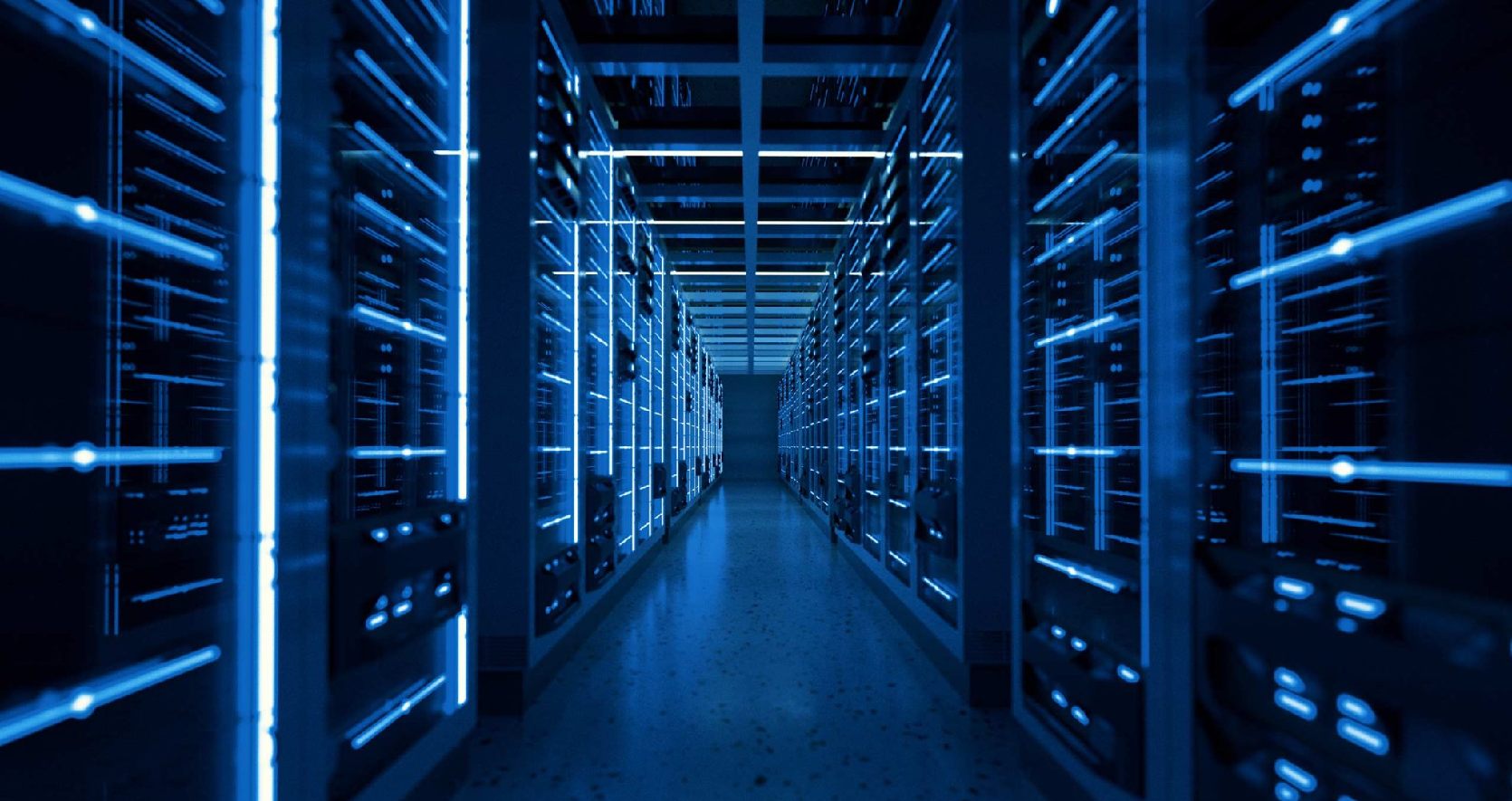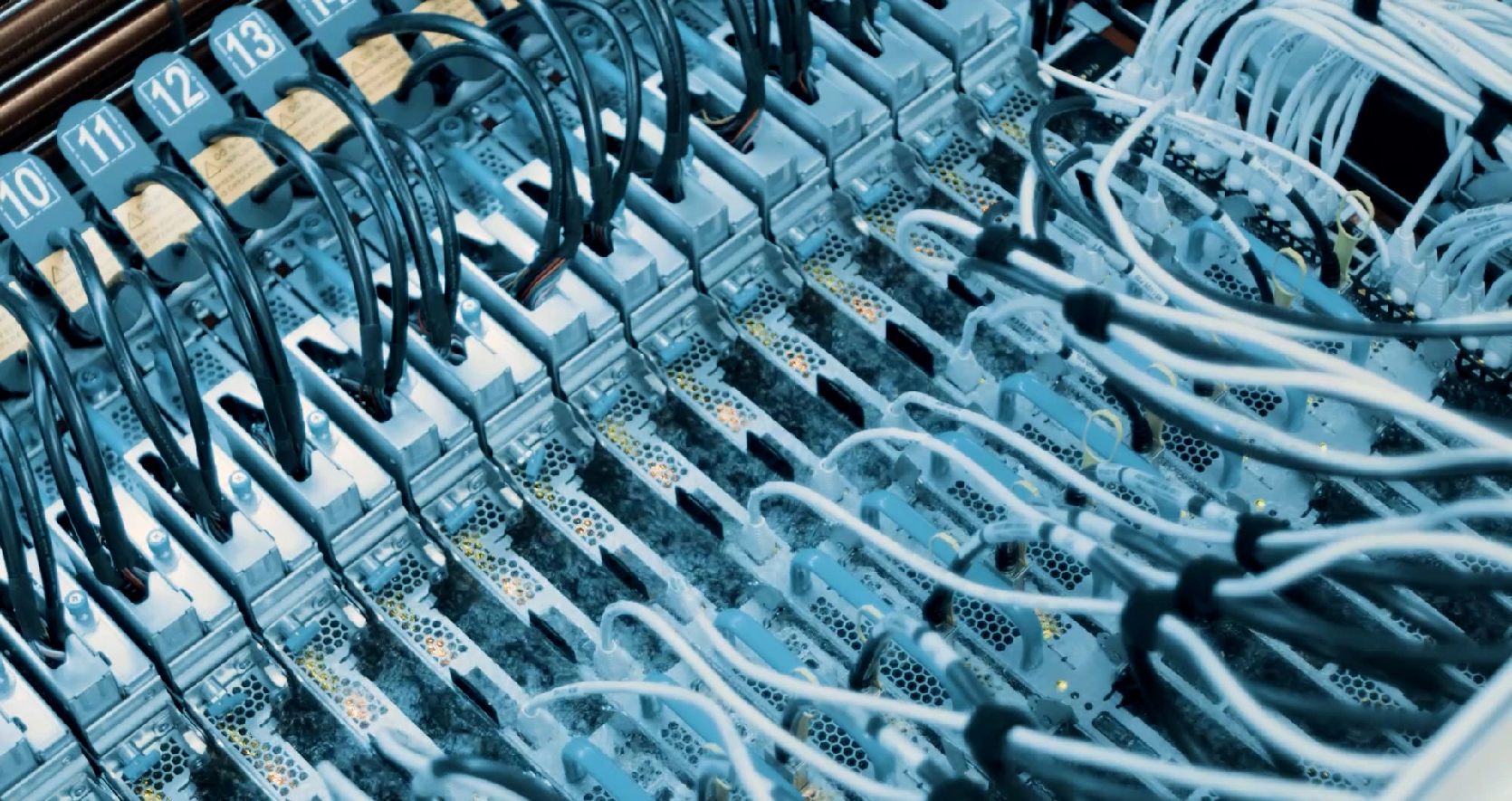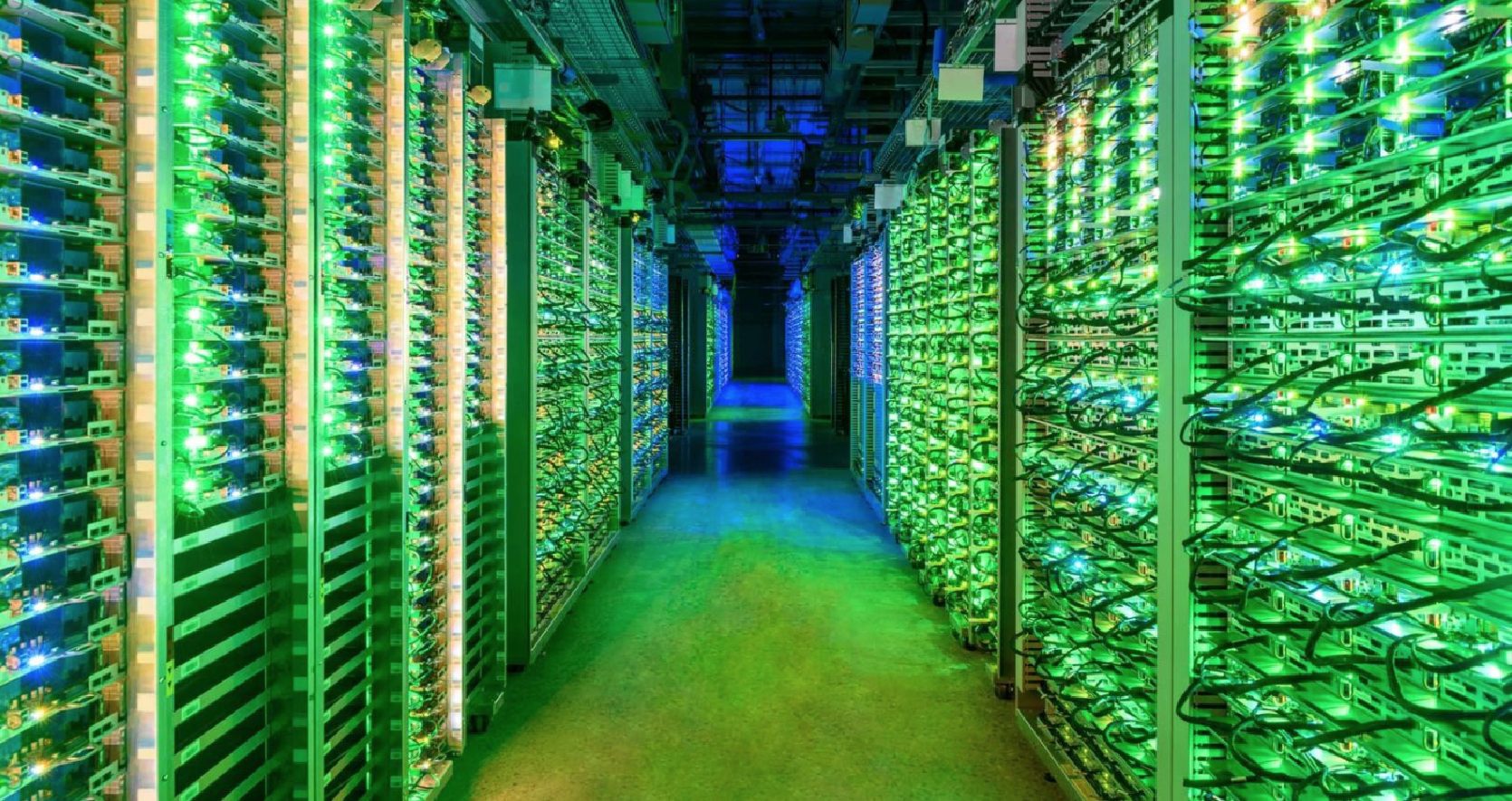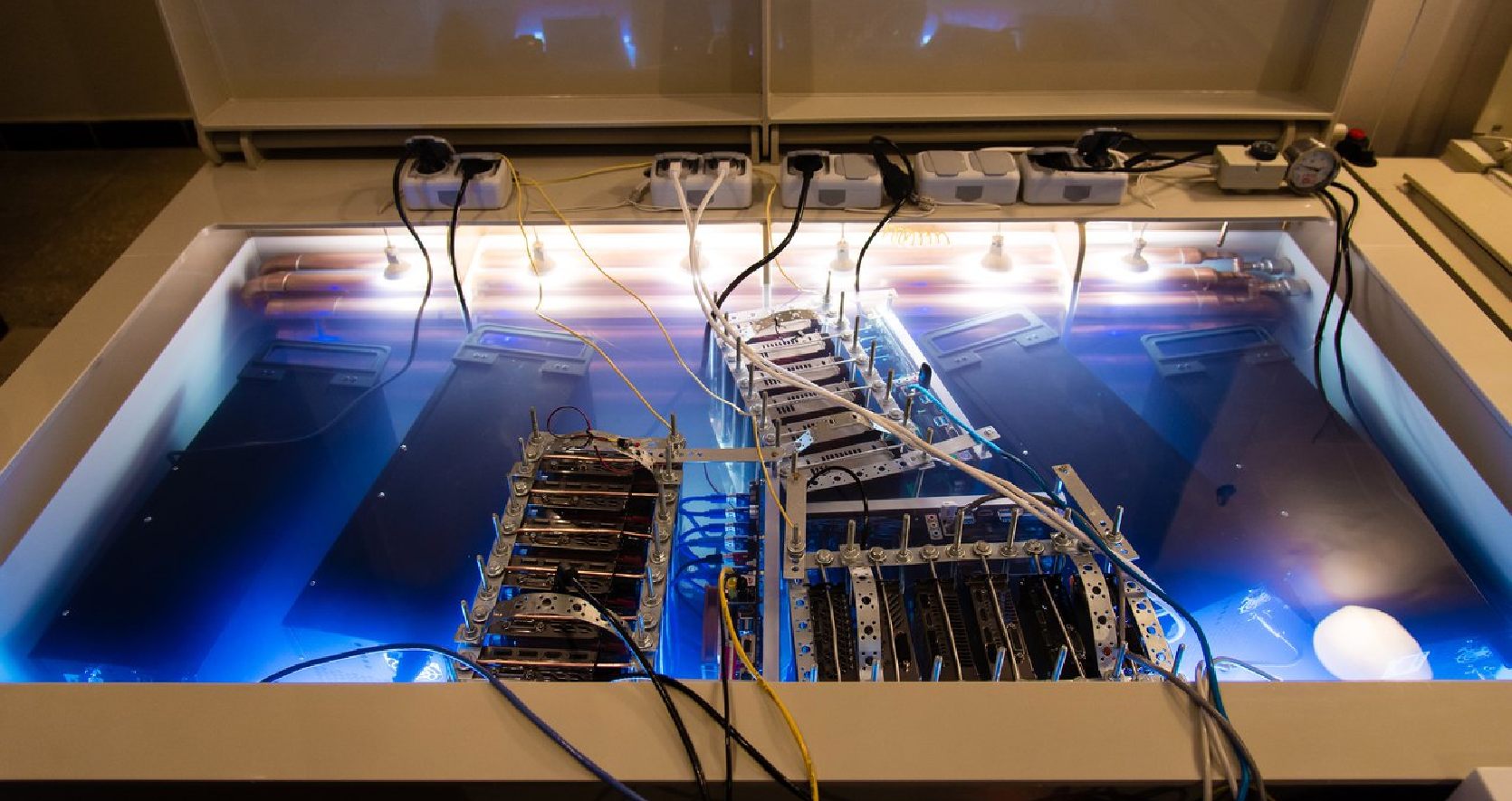
The Best Way to Reduce Water Waste: Immersion Cooling
Society is becoming increasingly aware that the world is running out of fresh water. In fact, the World Economic Forum predicts that “the gap between global water supply and demand is projected to reach 40% by 2030.” That is if significant changes aren’t made. One way that influential businesses like data centers can help is by reducing their water waste, and the innovative solution of immersion cooling can help them do just that.
Immersion cooling is a method of cooling electronic components by submerging them in a dielectric fluid. Heat is transferred from the components to the fluid, effectively eliminating the need for other cooling methods. The result is environmental and economic benefits data centers should consider.
In this article, we will discuss the issue of excessive water waste in data centers and how the implementation of immersion cooling technology can help to significantly reduce both their water use and waste. As you read, you will learn the relevance of this issue, how immersion cooling works, and how it is more advantageous than current cooling methods found in most data centers.
Average Water Consumption and Waste In Data Centers
Before we dive into immersion cooling technology, it’s important we discuss the overarching issue and why this alternative cooling method is a necessary step to solving it.
Water is a natural resource that many people take for granted and assume will always be available, whether this is through cost-free methods, like their home plumbing system, or for purchase in stores. Unfortunately, research has shown that this resource will become scarcer as the world’s population grows, climate and environmental issues worsen, and the demand for companies like data centers increases.
Research conducted in 2015 discovered that one 15MW data center consumed an estimated 130 million liters of water per year. This water is used directly for cooling and indirectly through the water requirements of non-renewable electricity generation.
On a national scale, the combined water consumption of data centers is an estimated 1.7 billion liters per day. This might seem small compared to the 1218 billion liters of water consumed per day in the United States overall, but there is no denying the figure’s significance.
It is also worth mentioning that less than a third of American data centers are not fully transparent in measuring and providing their water consumption figures, so the aforementioned statistic of 1.7 billion liters per day is likely smaller than the actual number.
Current Cooling Methods Used in Data Centers
Understanding these figures on data center water consumption comes with understanding what cooling methods most currently use for their electrical components.
Air Cooling
The most popular way to cool electrical equipment and components in data centers today is through air cooling, which utilizes large air conditioning units or fans to move chilled air around the equipment and cool them. A small 1 MW data center using this method of cooling uses an estimated 25.5 million liters of water per year.
This method has many inefficiencies, starting with its extremely high electrical need to function properly. It is estimated that up to 40% of a data center’s monthly electricity consumption goes directly to cooling its components, which is a separate environmental issue entirely since the power plants that provide this energy source emits a significant amount of CO2 and H2O. Unfortunately, despite the high demands of this cooling method, it often fails at sufficiently cooling equipment, leading to overheating and potential damage.
Adiabatic and Evaporative Cooling
Additional cooling methods used by data centers are adiabatic and evaporative cooling. Adiabatic cooling involves reducing heat through a change in air pressure by volume expansion. Adiabatic processes enable free cooling methods which use natural phenomena to regulate temperatures. Evaporative cooling utilizes chillers with cooling towers to cool water before circulating it into data centers. While both cooling methods do not rely on fans or air conditioning units, they consume the maximum water in data centers.
Water Cooling
This is why many data centers opted for a popular alternative of pumping chilled water through cooling coils surrounding the data center racks. As you can imagine, this too requires a significant amount of water to function, but the benefit of this cooling method is that it revealed that utilizing water to remove heat is much more efficient than mechanical air conditioning. This set the groundwork for liquid immersion cooling.
What Is Liquid Immersion Cooling and How Does it Reduce Water Waste?
The idea of fully submerging hardware in a liquid was understandably met with skepticism, but immersion cooling not only proved that it can be done safely, but that it can also outperform other widely used cooling methods.
Immersion cooling is more energy-efficient, faster, and reliable than air conditioning units or water coils, despite appearing to use more water than both combined. How? The answer lies in the cooling process itself.
With liquid immersion cooling, all of the heat generated by the electrical components is transferred directly, not to water, but to an engineered fluid (a dielectric/non-conductive liquid such as 3M™ Fluorinert™ Electronic Liquids or 3M™ Novec™ Engineered Fluids), which can be recycled and reused. There is no need to continually pump in fresh water, as with water coils, nor is there any evaporation or condensation, as with air conditioning units.
In fact, the only water that is actually consumed by liquid immersion cooling is what is lost to evaporation. This amounts to less than 1% of the total water used in traditional cooling methods, making it a much more sustainable option. The technology also requires significantly less energy to operate, effectively reducing the data center’s consumption in this regard as well.
While immersion cooling in itself is highly beneficial, there are two implementation methods: single-phase immersion and two-phase immersion. Each has its unique design and advantages that can benefit any data center.
Single-Phase Immersion Cooling
Single-phase immersion cooling works by placing the data center’s hardware in an enclosure, chassis, or tank and then immersing it in dielectric synthetic hydrocarbon oils. Any heat emitted by the hardware is directly absorbed by the oil and then pumped and circulated throughout the space.
To effectively remove the heat and keep the oil cool around the hardware, any hot oil is pumped out by a secondary air-to-liquid or liquid-to-liquid heat exchanger while cool oil is pumped into the space.
Two-Phase Immersion Cooling
Two-phase immersion cooling works very similarly to single-phase cooling immersion but takes the process a step further using a fluid that is carefully engineered to have a boiling point that is below the temperature of heat emitted by common components of data center hardware.
This allows the fluid to reject heat by turning into a vapor gas that then comes into contact with a specially designed vapor-to-liquid heat exchanger located on the top of the tank. The inclusion of this exchanger eliminates the need for a secondary heat exchanger and pumping system.
The overarching benefits of immersion cooling versus air cooling include:
- Most energy efficient cooling method currently in existence
- An estimate ten to twentyfold increase in heat rejection capacity
- Reduced CAPEX
- Soundless system
- Requires less installation and operation space
- Improved TCO
- Waste heat can be reused
- Dielectric fluids are cleaner and reduce maintenance needs and system complexity.
- Quick installation and easy deployment
- Reduces or eliminates the need for water (apart from heat rejection)
Between the two cooling immersion methods, 2-phase is undoubtedly the superior choice and will likely become a key influence in the future of data centers.
Final Thoughts
Two-Phase Liquid Immersion Technology is gaining traction in today’s market as a means of combatting compounding data center concerns related to energy and resource consumption. Nowhere are such issues perhaps better revealed than in the current contentious debate about water usage requirements for data center facilities in draught-stricken western states.
TMGcore, the Home of Immersion Computing
TMGcore is an award-winning provider of high-performance computation solutions and manufacturer. Deciding to replace outdated data center cooling methods with liquid immersion cooling can be a significant investment, but the overarching environmental and economic benefits outweigh the short-term inconveniences. If you’re interested in making this crucial shift in your business, TMGcore can help.
Pellentesque habitant morbi tristique senectus et netus et malesuada fames ac turpis egestas. Curabitur sed mi massa. Aenean ut rhoncus lacus. Mauris lorem neque, porttitor at vulputate in, euismod vulputate ligula.
Maecenas lacinia sem diam, at consectetur magna pretium nec. Curabitur semper orci sit amet viverra ultricies.
Pellentesque habitant morbi tristique senectus et netus et malesuada fames ac turpis egestas. Curabitur sed mi massa. Aenean ut rhoncus lacus. Mauris lorem neque, porttitor at vulputate in, euismod vulputate ligula. Curabitur at velit sagittis, vehicula erat vel, condimentum elit. Maecenas consequat urna ut neque blandit vestibulum. Duis lacus arcu, euismod in vulputate in, blandit quis dolor. Cras sit amet turpis sed ex iaculis volutpat. Donec posuere posuere tortor, eget consectetur eros suscipit sit amet.
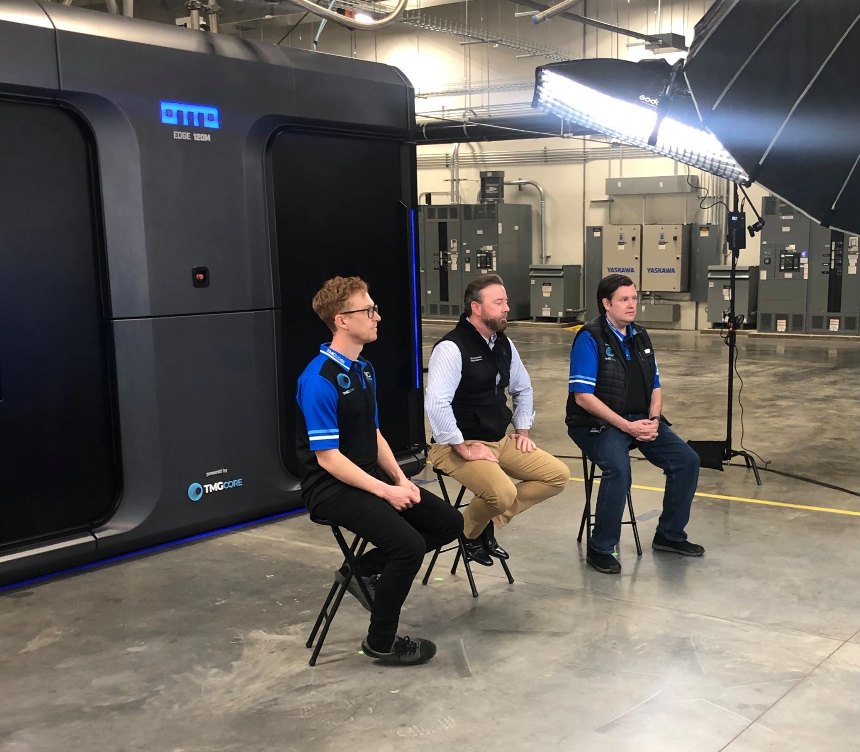
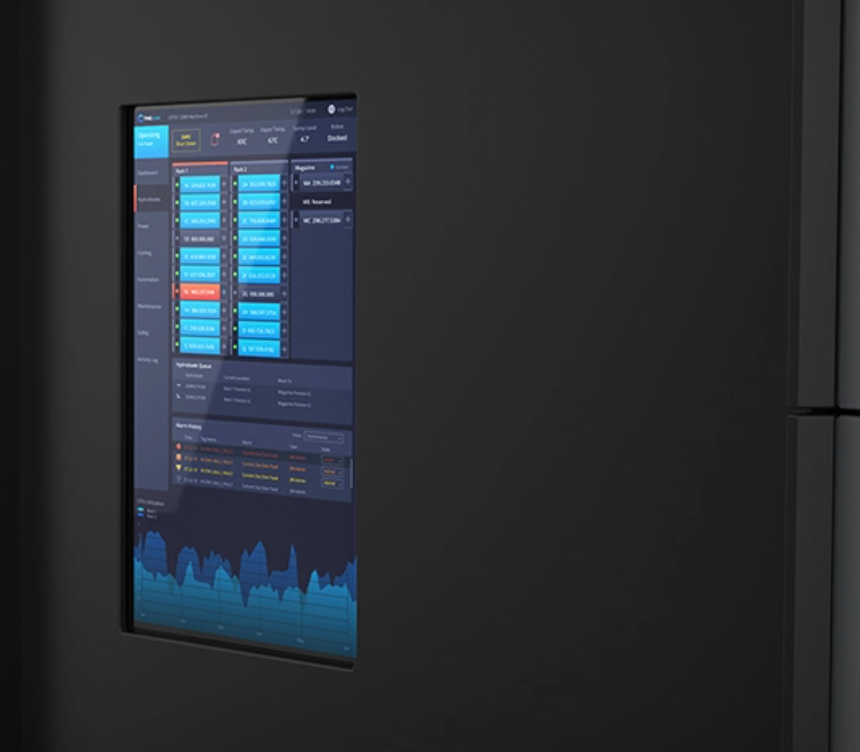
Sed a magna ac purus ornare porta. Maecenas ut facilisis risus, et volutpat felis. Nullam quis tempor purus. Praesent ornare posuere elementum. Mauris quis ex ante. Phasellus libero lorem, malesuada quis suscipit ac, aliquam sit amet arcu. Donec lacinia dui enim, vitae scelerisque nunc vestibulum vel. Fusce imperdiet elementum neque sed molestie. Donec ut feugiat orci. Etiam lacus nulla, blandit eget odio eget, consectetur finibus ligula. Sed quis orci consectetur, auctor leo vel, iaculis velit. Pellentesque vitae nisi lectus.
- Suspendisse consequat metus vitae magna lobortis tristique.
- Aliquam sit amet ante ut velit lacinia porta at nec nibh.
- Aliquam suscipit turpis vitae luctus posuere.
- Donec malesuada turpis maximus orci lacinia sagittis.
Related Blogs
Products
Quick Links
Knowledge Base
Sign up here to receive our newsletter
Copyright © 2023 TMGcore, Inc. All rights reserved. | Privacy policy & Terms of use
Privacy Overview
| Cookie | Duration | Description |
|---|---|---|
| cookielawinfo-checkbox-analytics | 11 months | This cookie is set by GDPR Cookie Consent plugin. The cookie is used to store the user consent for the cookies in the category "Analytics". |
| cookielawinfo-checkbox-functional | 11 months | The cookie is set by GDPR cookie consent to record the user consent for the cookies in the category "Functional". |
| cookielawinfo-checkbox-necessary | 11 months | This cookie is set by GDPR Cookie Consent plugin. The cookies is used to store the user consent for the cookies in the category "Necessary". |
| cookielawinfo-checkbox-others | 11 months | This cookie is set by GDPR Cookie Consent plugin. The cookie is used to store the user consent for the cookies in the category "Other. |
| cookielawinfo-checkbox-performance | 11 months | This cookie is set by GDPR Cookie Consent plugin. The cookie is used to store the user consent for the cookies in the category "Performance". |
| viewed_cookie_policy | 11 months | The cookie is set by the GDPR Cookie Consent plugin and is used to store whether or not user has consented to the use of cookies. It does not store any personal data. |

